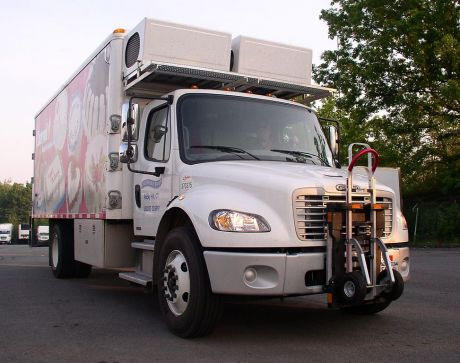The EU-funded
CATS
(City alternative transport system) project represented the final
stages of development of a new generation of city transport vehicles
known as Cristal. The Cristal system consists of small mobility units
(vehicles) that can serve two purposes.
The first service is a self-service option whereby users can rent a clean urban vehicle over a short term. The second is a flexible service with a professional driver to shuttle users along a line at fixed time intervals.
Three European cities (Strasbourg (France), Formello (Italy) and Ploiesti (Romania)) were studied to determine their suitability for testing the vehicles. Project partners drew on the insights of transportation systems manufacturers, researchers, service providers and end users across Europe and Israel.
As Cristal vehicles could not be made available in time, other innovative vehicles were selected to be tested during the second phase of the project. NAVIA autonomous vehicle was chosen due to its similitudes with the Cristal system in terms of capacity and operation principles. The lack of driver brought a new challenge to the project.
Demonstrations were carried out over a six-month period in Strasbourg and later in Lausanne. Following testing, the team gathered data to assess system performance and user acceptance of innovative technologies. They also studied the impact on mobility, acceptance, environment, transport patterns accessibility and attitudes towards alternative transport systems.
Findings showed that the system would best serve people with reduced mobility, young passengers and tourists. To reach a wider audience, outcomes were presented at a showcase in Ploiesti to improve citizen awareness of innovative transport systems.
CATS helped test and introduce clean and innovative urban transport systems in cities. Ultimately, it will enhance urban mobility, accessibility and safety while reducing congestion, noise and carbon dioxide emissions.

